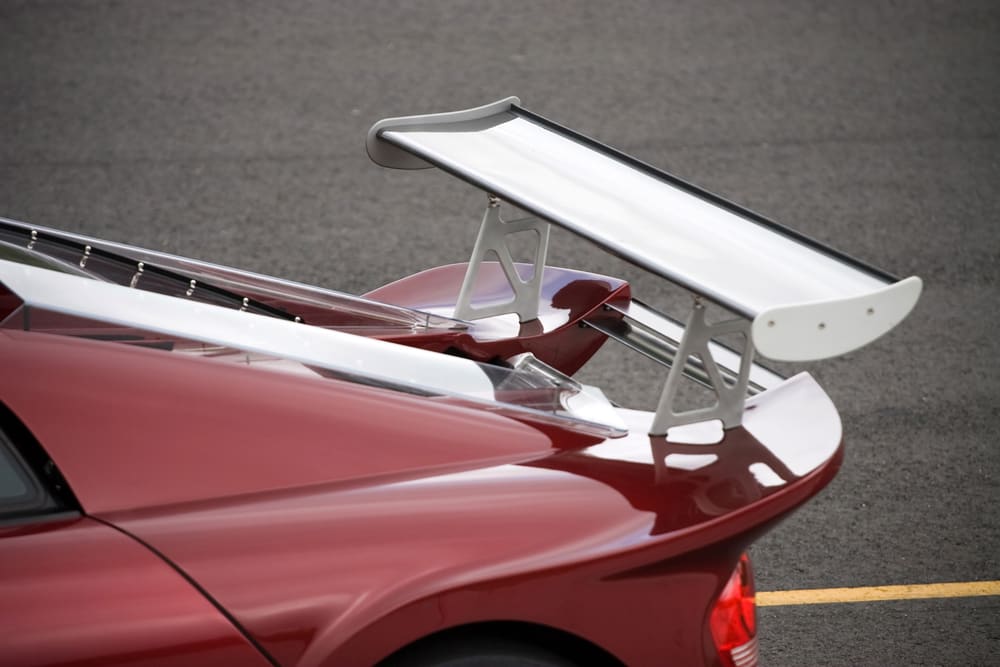

ARENA Creative / Shutterstock.com
Maryland has strict laws surrounding vehicle modifications. If you already live in the state or are planning to move there, the following information will help ensure that your modified car or truck is street legal.
Sounds and noise
Maryland requires that all vehicles adhere to the following regulations.
Sound system
- Sound systems cannot exceed 55 decibels in residential areas.
- Sound systems cannot exceed 64 decibels in commercial or business areas.
Mufflers
Mufflers are required on all vehicles and must prevent unusual or excessive noise.
Muffler cutouts, bypasses or other modifications that make the engine sound louder than the equipment installed by the manufacturer are not permitted on highways.
Exhaust or tailpipe extensions to amplify sound are not permitted.
Tip: Also check with local county laws in Maryland to make sure you are following any municipal noise ordinances that may be more stringent than state-level laws.
Frame and suspension
Maryland does not have suspension or lift kit limitations providing the vehicle complies with the following regulations:
- Vehicles cannot be taller than 13 feet 6 inches.
- Passenger vehicle frame and bumper height cannot exceed 20 inches.
- Multipurpose (Class M) vehicle frame and bumper height cannot exceed 28 inches.
Engine
Maryland does not currently have engine swap or modification regulations. However, several counties do require emissions testing. Visit your local DMV website to find out if it is required in your area.
Lighting and windows
Lights
Flashing, blinking and oscillating lights are not permitted on passenger vehicles.
Two amber or white fender or side cowl lamps are permitted near the front of the vehicle.
One running board light with amber or white lamps can be added to each side of the vehicle.
Window tinting
- Non-reflective tint can be applied to the top five inches of the windshield.
- Front side, back side and rear windows must permit 35% of light to pass through.
- Side mirrors are required if back window is tinted.
- Sticker designating legal tint must be positioned between glass and film.
Antique/classic car modifications
Maryland allows vehicles 20 years and older that have not been modified substantially to be registered as historic vehicles. These vehicles cannot be used for daily transportation.
If you want to make sure your vehicle modifications follow Maryland law, YourMechanic can provide the mobile mechanics to help you install the new parts. You can also ask our mechanics what modifications may be best suited to your car using our free online Q&A system, Ask a Mechanic.



